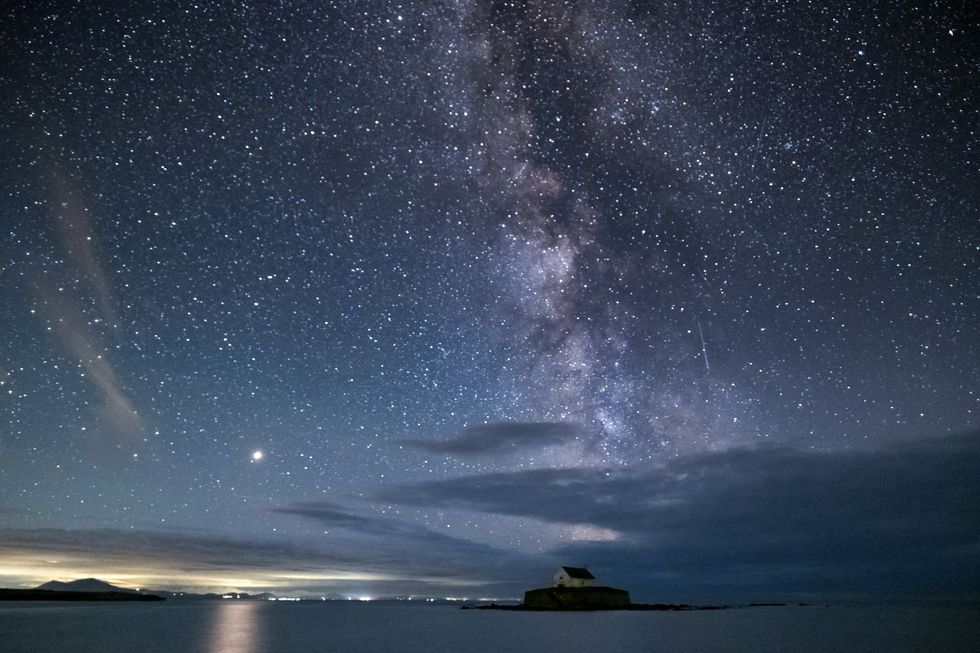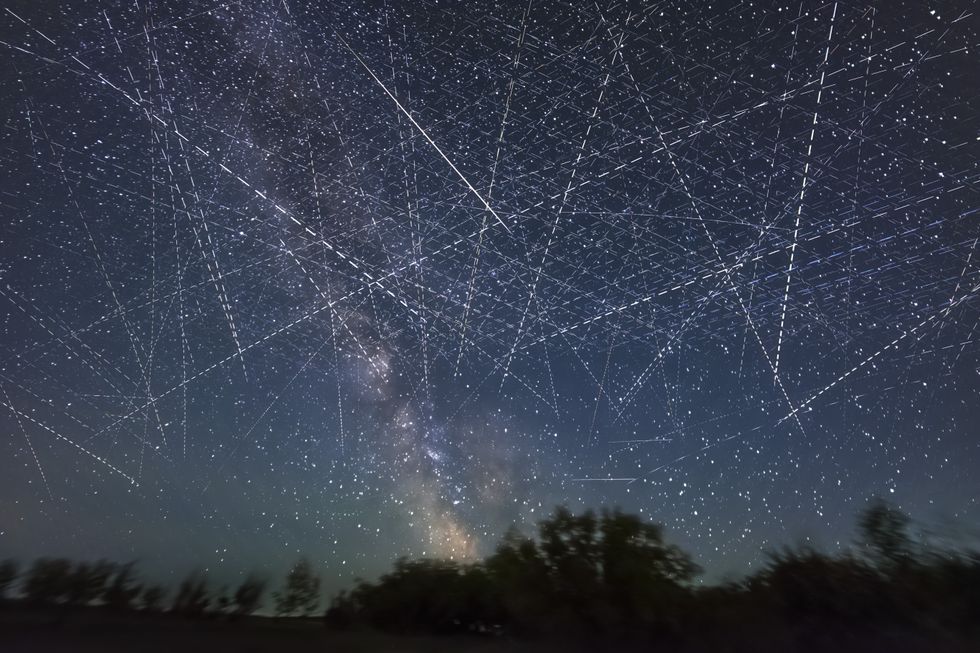Space breakthrough as scientists think they can find new planets around supermassive black hole at the heart of our galaxy
The remarkable finding confirms theories first proposed in the 1930s
Don't Miss
Most Read
Scientists have discovered the first-ever binary star system near Sagittarius A*, the supermassive black hole at the centre of our galaxy, confirming predictions made nearly a century ago.
The discovery was made using the European Southern Observatory's Very Large Telescope, one of the world's most advanced optical instruments.
This remarkable finding confirms theories first proposed in the 1930s when American engineer Karl Jansky made an accidental observation while studying radio signals between Europe and the United States.
The binary star system was discovered within the S-cluster, a collection of high-velocity stars and dusty objects orbiting Sagittarius A*.

The binary star system was discovered within the S-cluster, a collection of high-velocity stars and dusty objects orbiting Sagittarius A* (Stock)
|GETTY
Binary star systems consist of two stars gravitationally bound to one another around a common centre of gravity.
Scientists had long predicted their existence near the galactic centre, as stars typically form in pairs or triplets rather than individually.
Dr Florian Peißker, an astrophysicist at the University of Cologne and lead author of the study, described the discovery as "amazing" in mapping out the Milky Way's evolution.
The finding suggests that binary systems can survive in the extreme environment near a supermassive black hole, albeit temporarily.
LATEST DEVELOPMENTS:
According to researchers, the newly discovered binary star system is expected to merge in the near future, leaving behind a single star.
"We calculated that it could be tomorrow, next week or maybe in a million years -- which, from an astrophysical point of view, is really soon," said Peißker.
Researchers have theorised that all stars currently near the black hole were once binary systems that have since merged.
The binary systems can only survive within the S-cluster for approximately one million years after migrating from outside the cluster.
The discovery also raised intriguing possibilities about the existence of planets near Sagittarius A*.
Scientists believe that alien planets could potentially survive in this extreme environment, and it is understood that future equipment upgrades to the Very Large Telescope and Extremely Large Telescope may help detect such planets.

The findings provide crucial insights into the evolution of stars near supermassive black holes across the universe (Stock)
|GETTY
"Our discovery lets us speculate about the presence of planets, since these are often formed around young stars. It seems plausible that the detection of planets in the Galactic centre is just a matter of time," said Peißker.
The presence of young stars in the region has already challenged previous assumptions about survival in such harsh conditions.
Peißker emphasised that this discovery helps scientists understand similar phenomena in other galaxies, including the Andromeda galaxy, located 2.5 million light-years from the Milky Way.
"We get a much better understanding about the evolution of stars in the vicinity of a supermassive black hole, so we can actually use that knowledge also to, at some point in the future, understand how stars ended up close to a supermassive hole in other galaxies," he said.











